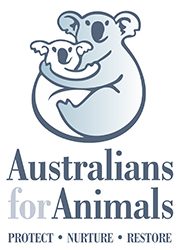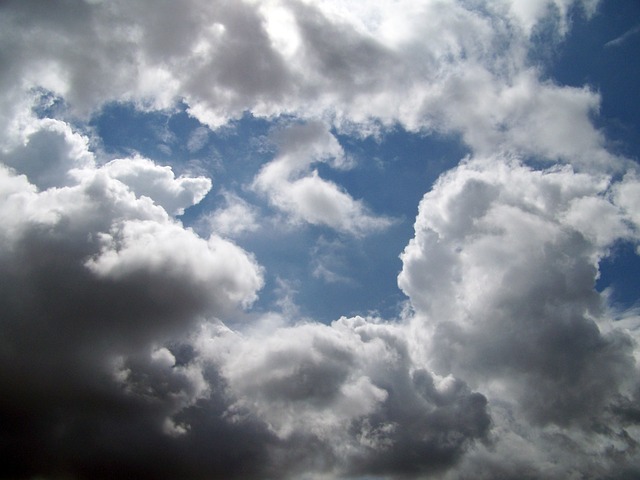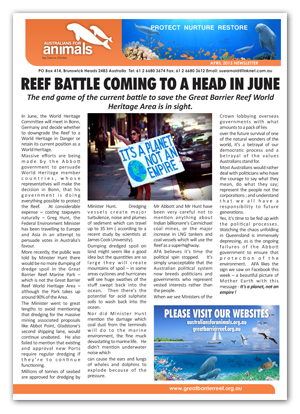Tom Arup
Environment editor, The Age
The Great Barrier Reef will be listed “in danger” by the United Nations unless Australia addresses key threats from industrialisation.
On Tuesday a meeting of the World Heritage Committee in Cambodia passed a recommendation to consider adding the reef to the list next year if the steps aren’t taken to solve the problems.
The meeting heard concerns from officials from the UNESCO World Heritage Centre and International Union for Conservation of Nature about the impact of proposed gas and coal port projects along the Great Barrier Reef coast.
While officials welcomed some progress made by the Australian and Queensland governments – including funding for a water quality program – they said no explicit commitment has been made to contain new ports to existing industrial areas.
Advertisement
Examples of sites on the World Heritage in danger list.
Of the 23 priority issues identified for the reef, Australia had addressed seven, the officials told the meeting.
The Great Barrier Reef will now be considered for inscription on the list of world heritage sites in danger at the next committee meeting in 2014 – unless Australia can show a firm commitment that it is meeting the priority issues.
Programme specialist for UNESCO, Dr Fanny Douvere, said Australia would now need to ensure projects will not be permitted if they impact the reef’s values or compromise the strategic assessment process.
It would also have to ensure no port or port infrastructure is permitted outside existing industrial areas within or adjoining the reef, and ensure legislation protecting the reef remained strong to maintain and enhance its values, she said.
Dr Douvere said the overall conclusion was Australia had made progress but moved slower on issues related to coastal development, which required close scrutiny to ensure the committee’s recommendations were followed.
”There is for example new legislation by the Queensland government on coastal development planning that seems inconsistent with recommendations of the (World Heritage) Committee,” she said.
”Clearly, the committee delegates stressed today the high importance of limiting coastal development in the property and highlighted the consequence this might have when no progress is made.”
If the Barrier Reef was placed on the “in danger” list it would be the first site ever to attract the rating in Australia. Other sites being considered for an in danger listing at this year’s meeting include the world heritage properties in war torn Syria, the Virgin Komi Forests in Russia, and Lake Turkana National Park in Kenya.
Federal Environment Minister Tony Burke said Australia welcomed the committee’s recognition of the commitment and progress Australia had made towards protecting the reef.
“The Great Barrier Reef is an iconic environmental asset and the Australian Government is absolutely committed to the protection of the Reef and our oceans. It’s one of the most precious places on earth,” Mr Burke said.
“The Australian Government is committed to working with the World Heritage Committee to protect the outstanding universal values of the Great Barrier Reef.”
The government had been hopeful it had done enough to avoid the threat of a potential listing. It is understood Australia had pressed its case hard behind the scenes at the meeting.
Beyond refunding the water quality program – another key concern of the UN body – the government has also launched a “strategic assessment” of the Great Barrier Reef coast to determine where development should and should not occur.
But the process has been marred by simmering tensions between the Australian and Queensland governments, with the state’s Deputy Premier Jeff Seeney saying last week Mr Burke had been held to ransom by “radical greens” on the issue.
WWF Great Barrier Reef campaigner Richard Leck, who is in Cambodia for the meeting, told Fairfax Media the Australian and Queensland governments were now on notice and had 12 months to manage the reef in the manner it should be.
“This is a poor reflection on the Australian and Queensland governments,” he said.
Mr Leck said the body had been explicit that the most pristine areas of the reef – Keppel Bay, north Curtis Island and the northern section of the reef – had to be protected.
If the Barrier Reef is deemed “in danger” it will be one of only a handful of sites in developed nations to be placed on the list, along with the Maritime Mercantile City in Liverpool, England and the Everglades National Park in the USA.
Source:
http://www.smh.com.au/opinion/political-news/reef-on-brink-of-danger-listing-20130618-2og7y.html



